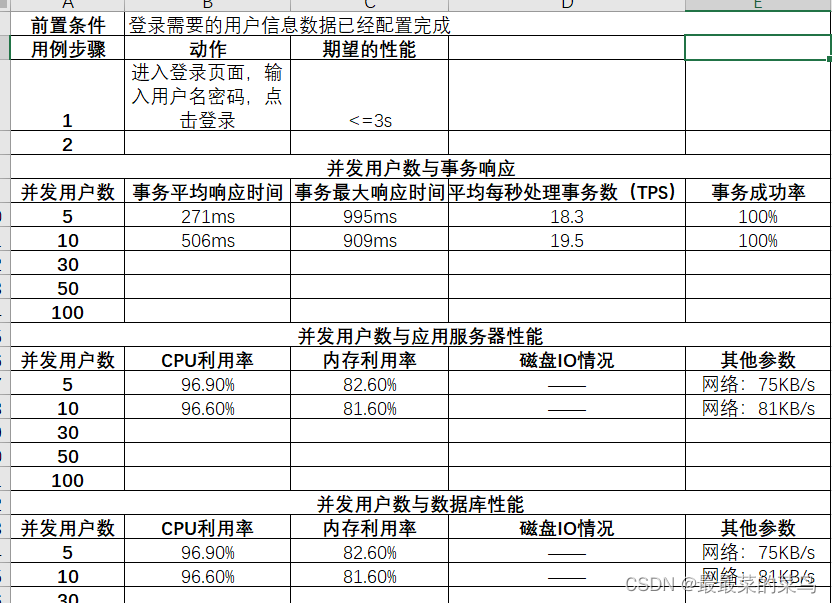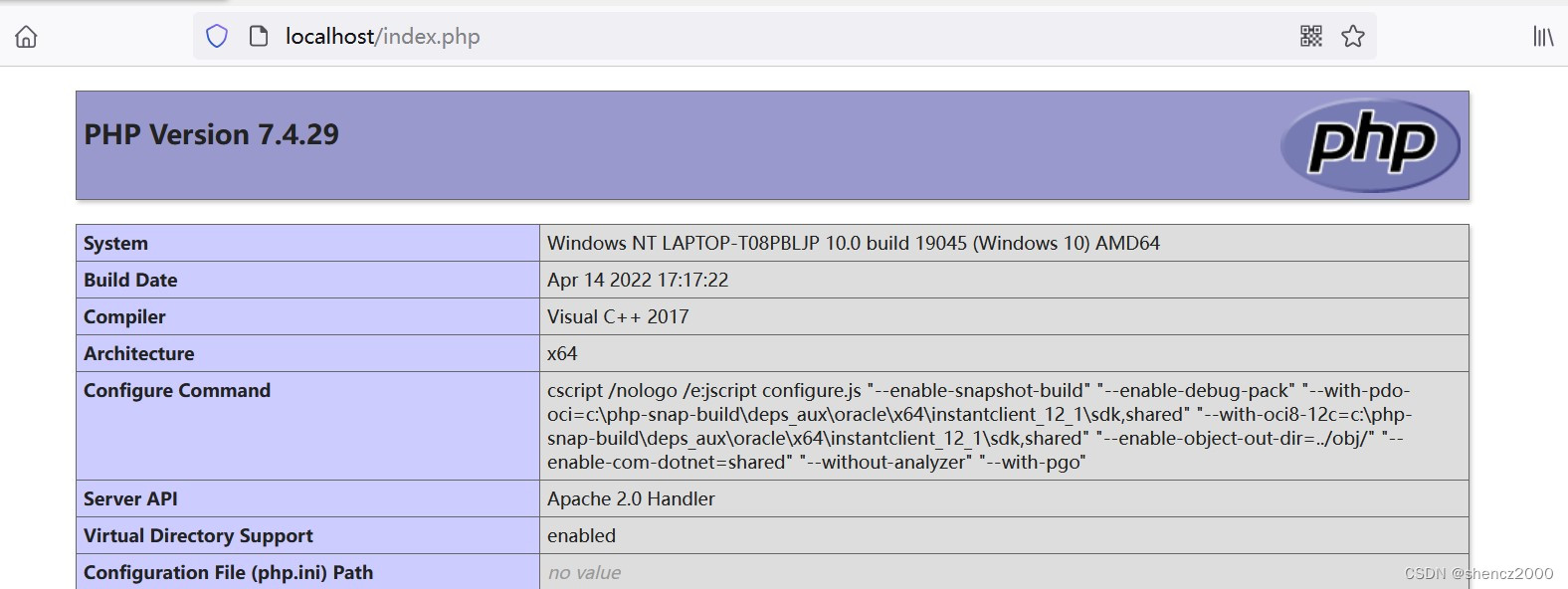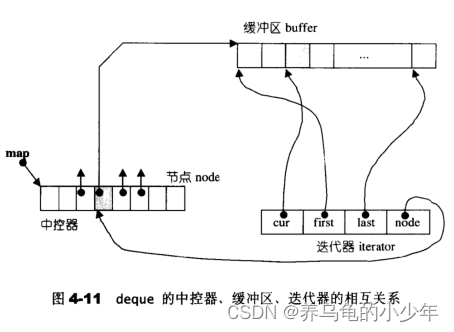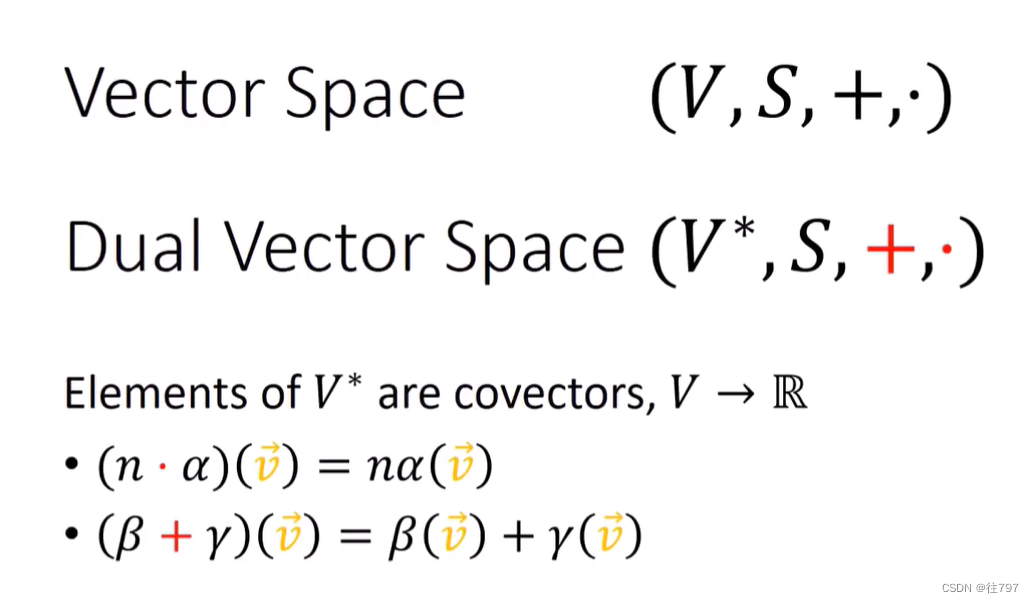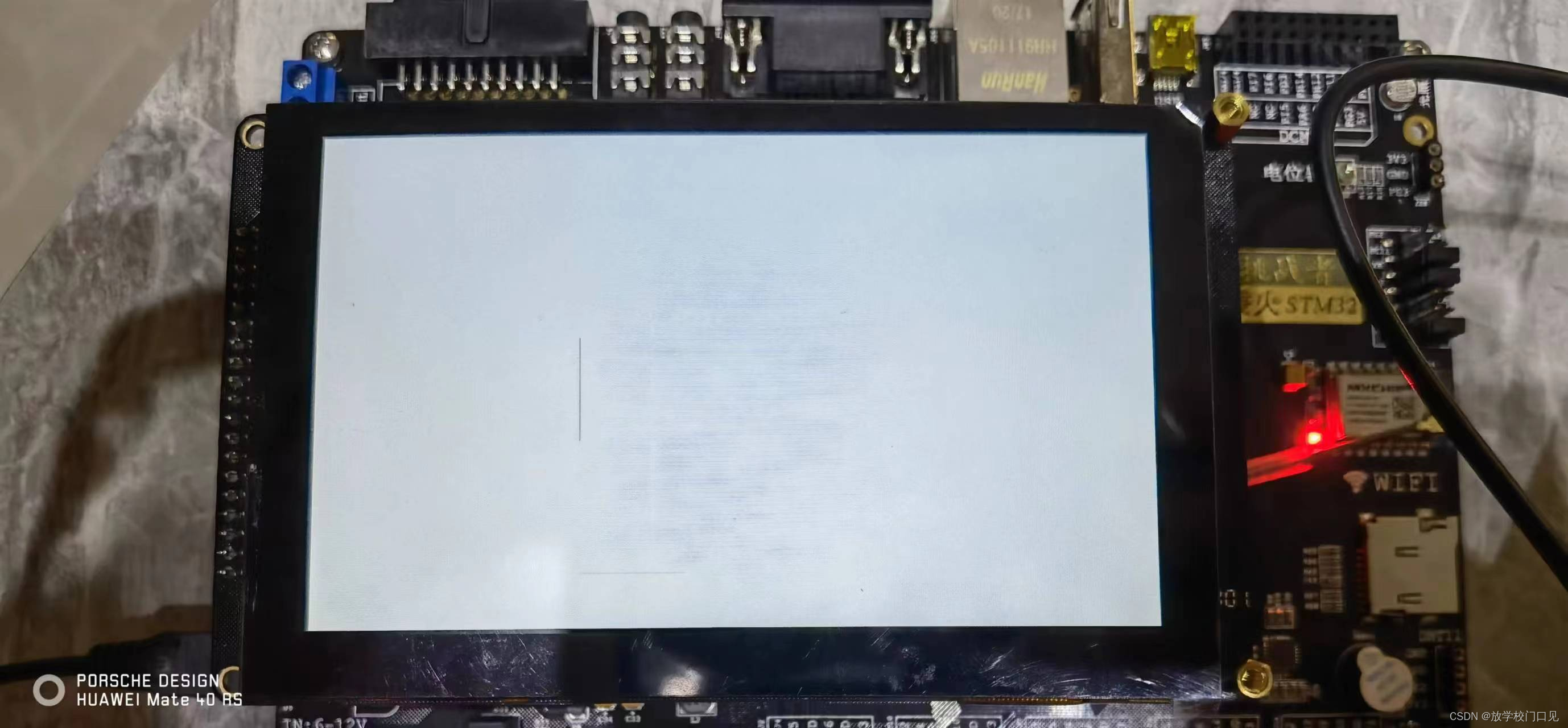InceptionNeXt
受 Vision Transformer 长距离依赖关系建模能力的启发,最近一些视觉模型开始上大 Kernel 的 Depth-Wise 卷积,比如一篇出色的工作 ConvNeXt。虽然这种 Depth-Wise 的算子只消耗少量的 FLOPs,但由于高昂的内存访问成本 (memory access cost),在高性能的计算设备上会损害模型的效率。举例来说,ConvNeXt-T 和 ResNet-50 的 FLOPs 相似,但是在 A100 GPU 上进行全精度训练时,只能达到 60% 的吞吐量。
原文地址:InceptionNeXt: When Inception Meets ConvNeXt
针对这个问题,一种提高速度的方法是减小 Kernel 的大小,但是会导致显著的性能下降。目前还不清楚如何在保持基于大 Kernel 的 CNN 模型性能的同时加速。
为了解决这个问题,受 Inception 的启发,本文作者提出将大 Kernel 的 Depth-Wise 卷积沿 channel 维度分解为四个并行分支,即小的矩形卷积核:两个正交的带状卷积核和一个恒等映射。通过这种新的 Inception Depth-Wise 卷积,作者构建了一系列网络,称为 IncepitonNeXt,这些网络不仅具有高吞吐量,而且还保持了具有竞争力的性能。例如,InceptionNeXt-T 的训练吞吐量比 ConvNeXt-T 高1.6倍,在 ImageNet-1K 上的 top-1 精度提高了 0.2%。
论文目标不是扩大卷积核。相反是以效率为目标,在保持相当的性能的前提下,以简单和速度友好的方式分解大卷积核。

InceptionNeXt代码实现
"""
InceptionNeXt implementation, paper: https://arxiv.org/abs/2303.16900
Some code is borrowed from timm: https://github.com/huggingface/pytorch-image-models
"""
from functools import partial
import torch
import torch.nn as nn
import numpy as np
from timm.data import IMAGENET_DEFAULT_MEAN, IMAGENET_DEFAULT_STD
from timm.models import checkpoint_seq, to_2tuple
from timm.models.layers import trunc_normal_, DropPath
from timm.models.registry import register_model
__all__ = ['inceptionnext_tiny', 'inceptionnext_small', 'inceptionnext_base', 'inceptionnext_base_384']
class InceptionDWConv2d(nn.Module):
""" Inception depthweise convolution
"""
def __init__(self, in_channels, square_kernel_size=3, band_kernel_size=11, branch_ratio=0.125):
super().__init__()
gc = int(in_channels * branch_ratio) # channel numbers of a convolution branch
self.dwconv_hw = nn.Conv2d(gc, gc, square_kernel_size, padding=square_kernel_size//2, groups=gc)
self.dwconv_w = nn.Conv2d(gc, gc, kernel_size=(1, band_kernel_size), padding=(0, band_kernel_size//2), groups=gc)
self.dwconv_h = nn.Conv2d(gc, gc, kernel_size=(band_kernel_size, 1), padding=(band_kernel_size//2, 0), groups=gc)
self.split_indexes = (in_channels - 3 * gc, gc, gc, gc)
def forward(self, x):
x_id, x_hw, x_w, x_h = torch.split(x, self.split_indexes, dim=1)
return torch.cat(
(x_id, self.dwconv_hw(x_hw), self.dwconv_w(x_w), self.dwconv_h(x_h)),
dim=1,
)
class ConvMlp(nn.Module):
""" MLP using 1x1 convs that keeps spatial dims
copied from timm: https://github.com/huggingface/pytorch-image-models/blob/v0.6.11/timm/models/layers/mlp.py
"""
def __init__(
self, in_features, hidden_features=None, out_features=None, act_layer=nn.ReLU,
norm_layer=None, bias=True, drop=0.):
super().__init__()
out_features = out_features or in_features
hidden_features = hidden_features or in_features
bias = to_2tuple(bias)
self.fc1 = nn.Conv2d(in_features, hidden_features, kernel_size=1, bias=bias[0])
self.norm = norm_layer(hidden_features) if norm_layer else nn.Identity()
self.act = act_layer()
self.drop = nn.Dropout(drop)
self.fc2 = nn.Conv2d(hidden_features, out_features, kernel_size=1, bias=bias[1])
def forward(self, x):
x = self.fc1(x)
x = self.norm(x)
x = self.act(x)
x = self.drop(x)
x = self.fc2(x)
return x
class MlpHead(nn.Module):
""" MLP classification head
"""
def __init__(self, dim, num_classes=1000, mlp_ratio=3, act_layer=nn.GELU,
norm_layer=partial(nn.LayerNorm, eps=1e-6), drop=0., bias=True):
super().__init__()
hidden_features = int(mlp_ratio * dim)
self.fc1 = nn.Linear(dim, hidden_features, bias=bias)
self.act = act_layer()
self.norm = norm_layer(hidden_features)
self.fc2 = nn.Linear(hidden_features, num_classes, bias=bias)
self.drop = nn.Dropout(drop)
def forward(self, x):
x = x.mean((2, 3)) # global average pooling
x = self.fc1(x)
x = self.act(x)
x = self.norm(x)
x = self.drop(x)
x = self.fc2(x)
return x
class MetaNeXtBlock(nn.Module):
""" MetaNeXtBlock Block
Args:
dim (int): Number of input channels.
drop_path (float): Stochastic depth rate. Default: 0.0
ls_init_value (float): Init value for Layer Scale. Default: 1e-6.
"""
def __init__(
self,
dim,
token_mixer=InceptionDWConv2d,
norm_layer=nn.BatchNorm2d,
mlp_layer=ConvMlp,
mlp_ratio=4,
act_layer=nn.GELU,
ls_init_value=1e-6,
drop_path=0.,
):
super().__init__()
self.token_mixer = token_mixer(dim)
self.norm = norm_layer(dim)
self.mlp = mlp_layer(dim, int(mlp_ratio * dim), act_layer=act_layer)
self.gamma = nn.Parameter(ls_init_value * torch.ones(dim)) if ls_init_value else None
self.drop_path = DropPath(drop_path) if drop_path > 0. else nn.Identity()
def forward(self, x):
shortcut = x
x = self.token_mixer(x)
x = self.norm(x)
x = self.mlp(x)
if self.gamma is not None:
x = x.mul(self.gamma.reshape(1, -1, 1, 1))
x = self.drop_path(x) + shortcut
return x
class MetaNeXtStage(nn.Module):
def __init__(
self,
in_chs,
out_chs,
ds_stride=2,
depth=2,
drop_path_rates=None,
ls_init_value=1.0,
act_layer=nn.GELU,
norm_layer=None,
mlp_ratio=4,
):
super().__init__()
self.grad_checkpointing = False
if ds_stride > 1:
self.downsample = nn.Sequential(
norm_layer(in_chs),
nn.Conv2d(in_chs, out_chs, kernel_size=ds_stride, stride=ds_stride),
)
else:
self.downsample = nn.Identity()
drop_path_rates = drop_path_rates or [0.] * depth
stage_blocks = []
for i in range(depth):
stage_blocks.append(MetaNeXtBlock(
dim=out_chs,
drop_path=drop_path_rates[i],
ls_init_value=ls_init_value,
act_layer=act_layer,
norm_layer=norm_layer,
mlp_ratio=mlp_ratio,
))
in_chs = out_chs
self.blocks = nn.Sequential(*stage_blocks)
def forward(self, x):
x = self.downsample(x)
if self.grad_checkpointing and not torch.jit.is_scripting():
x = checkpoint_seq(self.blocks, x)
else:
x = self.blocks(x)
return x
class MetaNeXt(nn.Module):
r""" MetaNeXt
A PyTorch impl of : `InceptionNeXt: When Inception Meets ConvNeXt` - https://arxiv.org/pdf/2203.xxxxx.pdf
Args:
in_chans (int): Number of input image channels. Default: 3
num_classes (int): Number of classes for classification head. Default: 1000
depths (tuple(int)): Number of blocks at each stage. Default: (3, 3, 9, 3)
dims (tuple(int)): Feature dimension at each stage. Default: (96, 192, 384, 768)
token_mixers: Token mixer function. Default: nn.Identity
norm_layer: Normalziation layer. Default: nn.BatchNorm2d
act_layer: Activation function for MLP. Default: nn.GELU
mlp_ratios (int or tuple(int)): MLP ratios. Default: (4, 4, 4, 3)
head_fn: classifier head
drop_rate (float): Head dropout rate
drop_path_rate (float): Stochastic depth rate. Default: 0.
ls_init_value (float): Init value for Layer Scale. Default: 1e-6.
"""
def __init__(
self,
in_chans=3,
num_classes=1000,
depths=(3, 3, 9, 3),
dims=(96, 192, 384, 768),
token_mixers=nn.Identity,
norm_layer=nn.BatchNorm2d,
act_layer=nn.GELU,
mlp_ratios=(4, 4, 4, 3),
head_fn=MlpHead,
drop_rate=0.,
drop_path_rate=0.,
ls_init_value=1e-6,
**kwargs,
):
super().__init__()
num_stage = len(depths)
if not isinstance(token_mixers, (list, tuple)):
token_mixers = [token_mixers] * num_stage
if not isinstance(mlp_ratios, (list, tuple)):
mlp_ratios = [mlp_ratios] * num_stage
self.num_classes = num_classes
self.drop_rate = drop_rate
self.stem = nn.Sequential(
nn.Conv2d(in_chans, dims[0], kernel_size=4, stride=4),
norm_layer(dims[0])
)
self.stages = nn.Sequential()
dp_rates = [x.tolist() for x in torch.linspace(0, drop_path_rate, sum(depths)).split(depths)]
stages = []
prev_chs = dims[0]
# feature resolution stages, each consisting of multiple residual blocks
for i in range(num_stage):
out_chs = dims[i]
stages.append(MetaNeXtStage(
prev_chs,
out_chs,
ds_stride=2 if i > 0 else 1,
depth=depths[i],
drop_path_rates=dp_rates[i],
ls_init_value=ls_init_value,
act_layer=act_layer,
norm_layer=norm_layer,
mlp_ratio=mlp_ratios[i],
))
prev_chs = out_chs
self.stages = nn.Sequential(*stages)
self.num_features = prev_chs
self.apply(self._init_weights)
self.channel = [i.size(1) for i in self.forward(torch.randn(1, 3, 640, 640))]
@torch.jit.ignore
def set_grad_checkpointing(self, enable=True):
for s in self.stages:
s.grad_checkpointing = enable
@torch.jit.ignore
def no_weight_decay(self):
return {'norm'}
def forward(self, x):
input_size = x.size(2)
scale = [4, 8, 16, 32]
features = [None, None, None, None]
x = self.stem(x)
features[scale.index(input_size // x.size(2))] = x
for idx, layer in enumerate(self.stages):
x = layer(x)
if input_size // x.size(2) in scale:
features[scale.index(input_size // x.size(2))] = x
return features
def _init_weights(self, m):
if isinstance(m, (nn.Conv2d, nn.Linear)):
trunc_normal_(m.weight, std=.02)
if m.bias is not None:
nn.init.constant_(m.bias, 0)
def _cfg(url='', **kwargs):
return {
'url': url,
'num_classes': 1000, 'input_size': (3, 224, 224), 'pool_size': (7, 7),
'crop_pct': 0.875, 'interpolation': 'bicubic',
'mean': IMAGENET_DEFAULT_MEAN, 'std': IMAGENET_DEFAULT_STD,
'first_conv': 'stem.0', 'classifier': 'head.fc',
**kwargs
}
def update_weight(model_dict, weight_dict):
idx, temp_dict = 0, {}
for k, v in weight_dict.items():
if k in model_dict.keys() and np.shape(model_dict[k]) == np.shape(v):
temp_dict[k] = v
idx += 1
model_dict.update(temp_dict)
print(f'loading weights... {idx}/{len(model_dict)} items')
return model_dict
default_cfgs = dict(
inceptionnext_tiny=_cfg(
url='https://github.com/sail-sg/inceptionnext/releases/download/model/inceptionnext_tiny.pth',
),
inceptionnext_small=_cfg(
url='https://github.com/sail-sg/inceptionnext/releases/download/model/inceptionnext_small.pth',
),
inceptionnext_base=_cfg(
url='https://github.com/sail-sg/inceptionnext/releases/download/model/inceptionnext_base.pth',
),
inceptionnext_base_384=_cfg(
url='https://github.com/sail-sg/inceptionnext/releases/download/model/inceptionnext_base_384.pth',
input_size=(3, 384, 384), crop_pct=1.0,
),
)
def inceptionnext_tiny(pretrained=False, **kwargs):
model = MetaNeXt(depths=(3, 3, 9, 3), dims=(96, 192, 384, 768),
token_mixers=InceptionDWConv2d,
**kwargs
)
model.default_cfg = default_cfgs['inceptionnext_tiny']
if pretrained:
state_dict = torch.hub.load_state_dict_from_url(url=model.default_cfg['url'], map_location="cpu", check_hash=True)
model.load_state_dict(state_dict)
return model
def inceptionnext_small(pretrained=False, **kwargs):
model = MetaNeXt(depths=(3, 3, 27, 3), dims=(96, 192, 384, 768),
token_mixers=InceptionDWConv2d,
**kwargs
)
model.default_cfg = default_cfgs['inceptionnext_small']
if pretrained:
state_dict = torch.hub.load_state_dict_from_url(url=model.default_cfg['url'], map_location="cpu", check_hash=True)
model.load_state_dict(state_dict)
return model
def inceptionnext_base(pretrained=False, **kwargs):
model = MetaNeXt(depths=(3, 3, 27, 3), dims=(128, 256, 512, 1024),
token_mixers=InceptionDWConv2d,
**kwargs
)
model.default_cfg = default_cfgs['inceptionnext_base']
if pretrained:
state_dict = torch.hub.load_state_dict_from_url(url=model.default_cfg['url'], map_location="cpu", check_hash=True)
model.load_state_dict(state_dict)
return model
def inceptionnext_base_384(pretrained=False, **kwargs):
model = MetaNeXt(depths=[3, 3, 27, 3], dims=[128, 256, 512, 1024],
mlp_ratios=[4, 4, 4, 3],
token_mixers=InceptionDWConv2d,
**kwargs
)
model.default_cfg = default_cfgs['inceptionnext_base_384']
if pretrained:
state_dict = torch.hub.load_state_dict_from_url(url=model.default_cfg['url'], map_location="cpu", check_hash=True)
model.load_state_dict(state_dict)
return model
if __name__ == '__main__':
model = inceptionnext_tiny(pretrained=False)
inputs = torch.randn((1, 3, 640, 640))
for i in model(inputs):
print(i.size())
Backbone替换
yolo.py修改
def parse_model函数
def parse_model(d, ch): # model_dict, input_channels(3)
# Parse a YOLOv5 model.yaml dictionary
LOGGER.info(f"\n{'':>3}{'from':>18}{'n':>3}{'params':>10} {'module':<40}{'arguments':<30}")
anchors, nc, gd, gw, act = d['anchors'], d['nc'], d['depth_multiple'], d['width_multiple'], d.get('activation')
if act:
Conv.default_act = eval(act) # redefine default activation, i.e. Conv.default_act = nn.SiLU()
LOGGER.info(f"{colorstr('activation:')} {act}") # print
na = (len(anchors[0]) // 2) if isinstance(anchors, list) else anchors # number of anchors
no = na * (nc + 5) # number of outputs = anchors * (classes + 5)
is_backbone = False
layers, save, c2 = [], [], ch[-1] # layers, savelist, ch out
for i, (f, n, m, args) in enumerate(d['backbone'] + d['head']): # from, number, module, args
try:
t = m
m = eval(m) if isinstance(m, str) else m # eval strings
except:
pass
for j, a in enumerate(args):
with contextlib.suppress(NameError):
try:
args[j] = eval(a) if isinstance(a, str) else a # eval strings
except:
args[j] = a
n = n_ = max(round(n * gd), 1) if n > 1 else n # depth gain
if m in {
Conv, GhostConv, Bottleneck, GhostBottleneck, SPP, SPPF, DWConv, MixConv2d, Focus, CrossConv,
BottleneckCSP, C3, C3TR, C3SPP, C3Ghost, nn.ConvTranspose2d, DWConvTranspose2d, C3x}:
c1, c2 = ch[f], args[0]
if c2 != no: # if not output
c2 = make_divisible(c2 * gw, 8)
args = [c1, c2, *args[1:]]
if m in {BottleneckCSP, C3, C3TR, C3Ghost, C3x}:
args.insert(2, n) # number of repeats
n = 1
elif m is nn.BatchNorm2d:
args = [ch[f]]
elif m is Concat:
c2 = sum(ch[x] for x in f)
# TODO: channel, gw, gd
elif m in {Detect, Segment}:
args.append([ch[x] for x in f])
if isinstance(args[1], int): # number of anchors
args[1] = [list(range(args[1] * 2))] * len(f)
if m is Segment:
args[3] = make_divisible(args[3] * gw, 8)
elif m is Contract:
c2 = ch[f] * args[0] ** 2
elif m is Expand:
c2 = ch[f] // args[0] ** 2
elif isinstance(m, str):
t = m
m = timm.create_model(m, pretrained=args[0], features_only=True)
c2 = m.feature_info.channels()
elif m in {inceptionnext_tiny, inceptionnext_small}: #可添加更多Backbone
m = m(*args)
c2 = m.channel
else:
c2 = ch[f]
if isinstance(c2, list):
is_backbone = True
m_ = m
m_.backbone = True
else:
m_ = nn.Sequential(*(m(*args) for _ in range(n))) if n > 1 else m(*args) # module
t = str(m)[8:-2].replace('__main__.', '') # module type
np = sum(x.numel() for x in m_.parameters()) # number params
m_.i, m_.f, m_.type, m_.np = i + 4 if is_backbone else i, f, t, np # attach index, 'from' index, type, number params
LOGGER.info(f'{i:>3}{str(f):>18}{n_:>3}{np:10.0f} {t:<40}{str(args):<30}') # print
save.extend(x % (i + 4 if is_backbone else i) for x in ([f] if isinstance(f, int) else f) if x != -1) # append to savelist
layers.append(m_)
if i == 0:
ch = []
if isinstance(c2, list):
ch.extend(c2)
for _ in range(5 - len(ch)):
ch.insert(0, 0)
else:
ch.append(c2)
return nn.Sequential(*layers), sorted(save)
def _forward_once函数
def _forward_once(self, x, profile=False, visualize=False):
y, dt = [], [] # outputs
for m in self.model:
if m.f != -1: # if not from previous layer
x = y[m.f] if isinstance(m.f, int) else [x if j == -1 else y[j] for j in m.f] # from earlier layers
if profile:
self._profile_one_layer(m, x, dt)
if hasattr(m, 'backbone'):
x = m(x)
for _ in range(5 - len(x)):
x.insert(0, None)
for i_idx, i in enumerate(x):
if i_idx in self.save:
y.append(i)
else:
y.append(None)
x = x[-1]
else:
x = m(x) # run
y.append(x if m.i in self.save else None) # save output
if visualize:
feature_visualization(x, m.type, m.i, save_dir=visualize)
return x
创建.yaml配置文件
# YOLOv5 🚀 by Ultralytics, GPL-3.0 license
# Parameters
nc: 80 # number of classes
depth_multiple: 0.33 # model depth multiple
width_multiple: 0.25 # layer channel multiple
anchors:
- [10,13, 16,30, 33,23] # P3/8
- [30,61, 62,45, 59,119] # P4/16
- [116,90, 156,198, 373,326] # P5/32
# 0-P1/2
# 1-P2/4
# 2-P3/8
# 3-P4/16
# 4-P5/32
# YOLOv5 v6.0 backbone
backbone:
# [from, number, module, args]
[[-1, 1, inceptionnext_tiny, [False]], # 4
[-1, 1, SPPF, [1024, 5]], # 5
]
# YOLOv5 v6.0 head
head:
[[-1, 1, Conv, [512, 1, 1]], # 6
[-1, 1, nn.Upsample, [None, 2, 'nearest']], # 7
[[-1, 3], 1, Concat, [1]], # cat backbone P4 8
[-1, 3, C3, [512, False]], # 9
[-1, 1, Conv, [256, 1, 1]], # 10
[-1, 1, nn.Upsample, [None, 2, 'nearest']], # 11
[[-1, 2], 1, Concat, [1]], # cat backbone P3 12
[-1, 3, C3, [256, False]], # 13 (P3/8-small)
[-1, 1, Conv, [256, 3, 2]], # 14
[[-1, 10], 1, Concat, [1]], # cat head P4 15
[-1, 3, C3, [512, False]], # 16 (P4/16-medium)
[-1, 1, Conv, [512, 3, 2]], # 17
[[-1, 5], 1, Concat, [1]], # cat head P5 18
[-1, 3, C3, [1024, False]], # 19 (P5/32-large)
[[13, 16, 19], 1, Detect, [nc, anchors]], # Detect(P3, P4, P5)
]
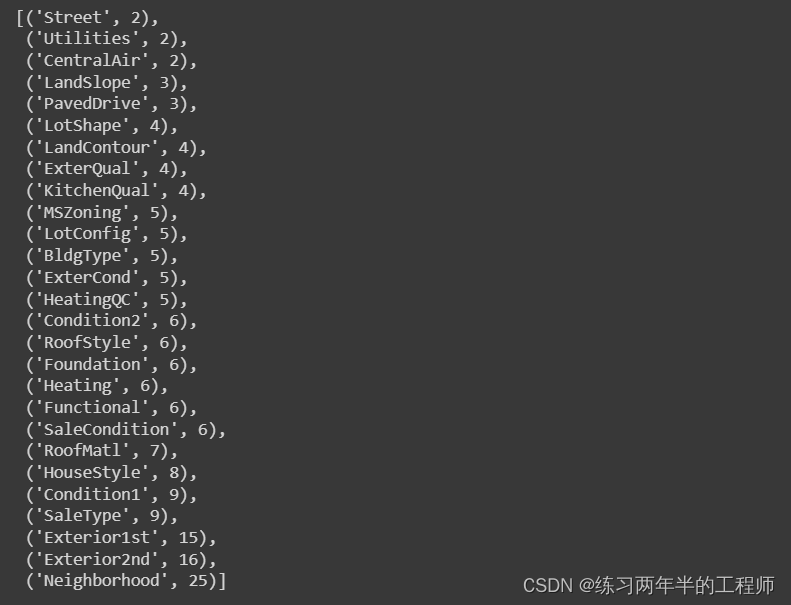


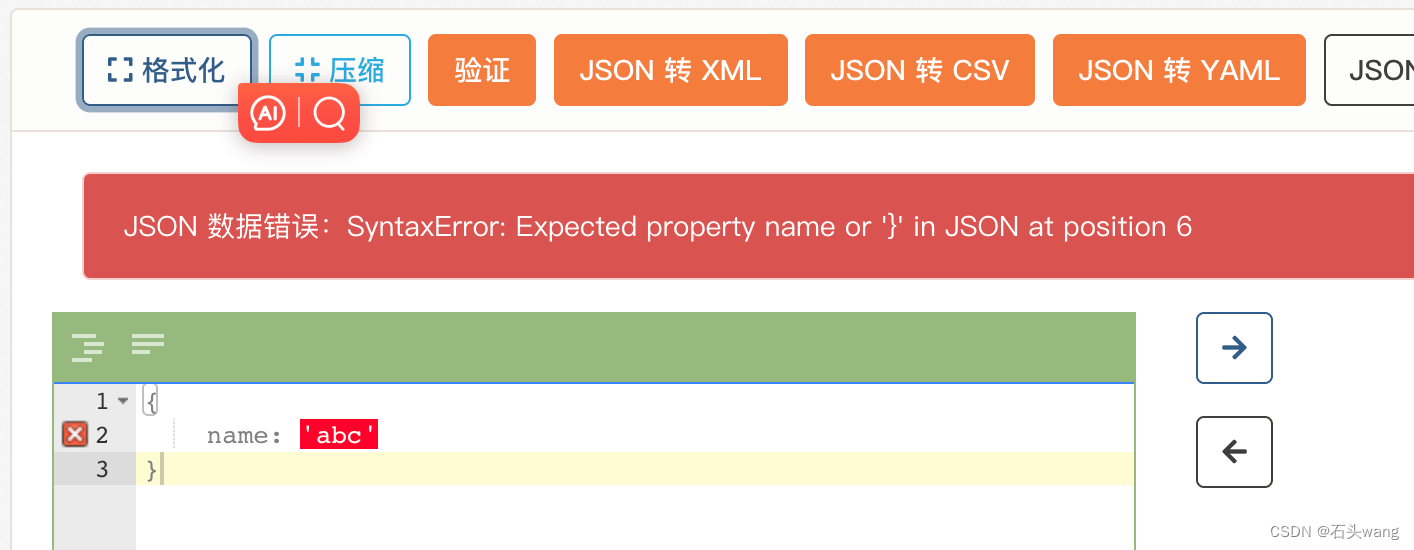
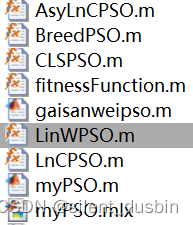
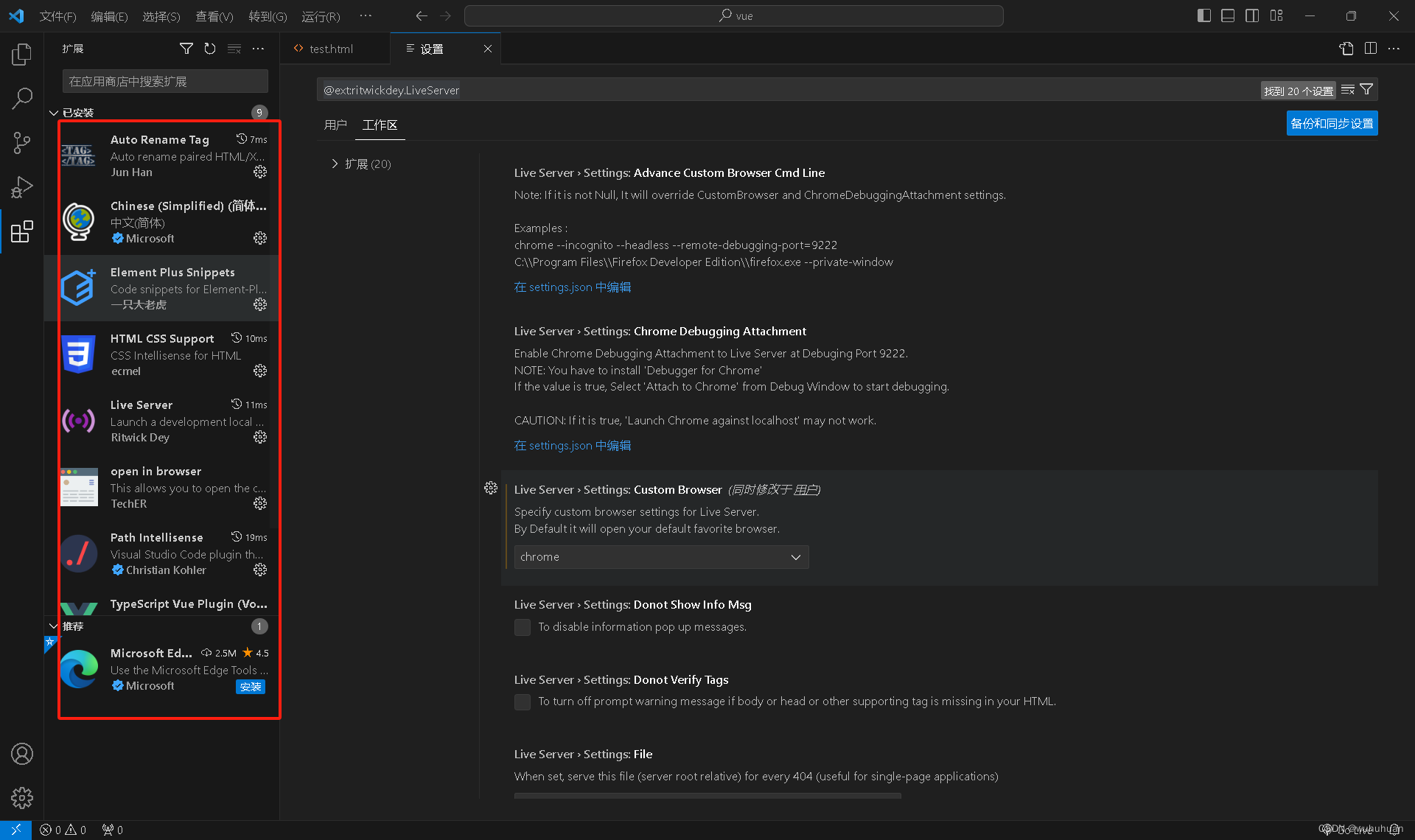

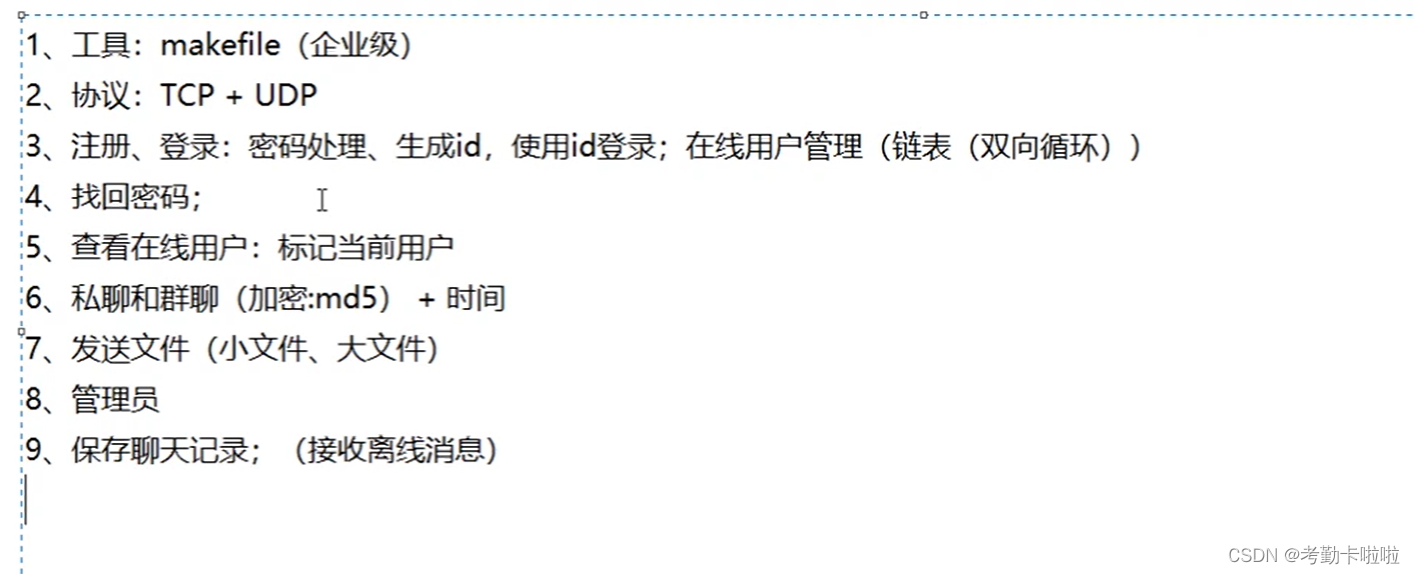
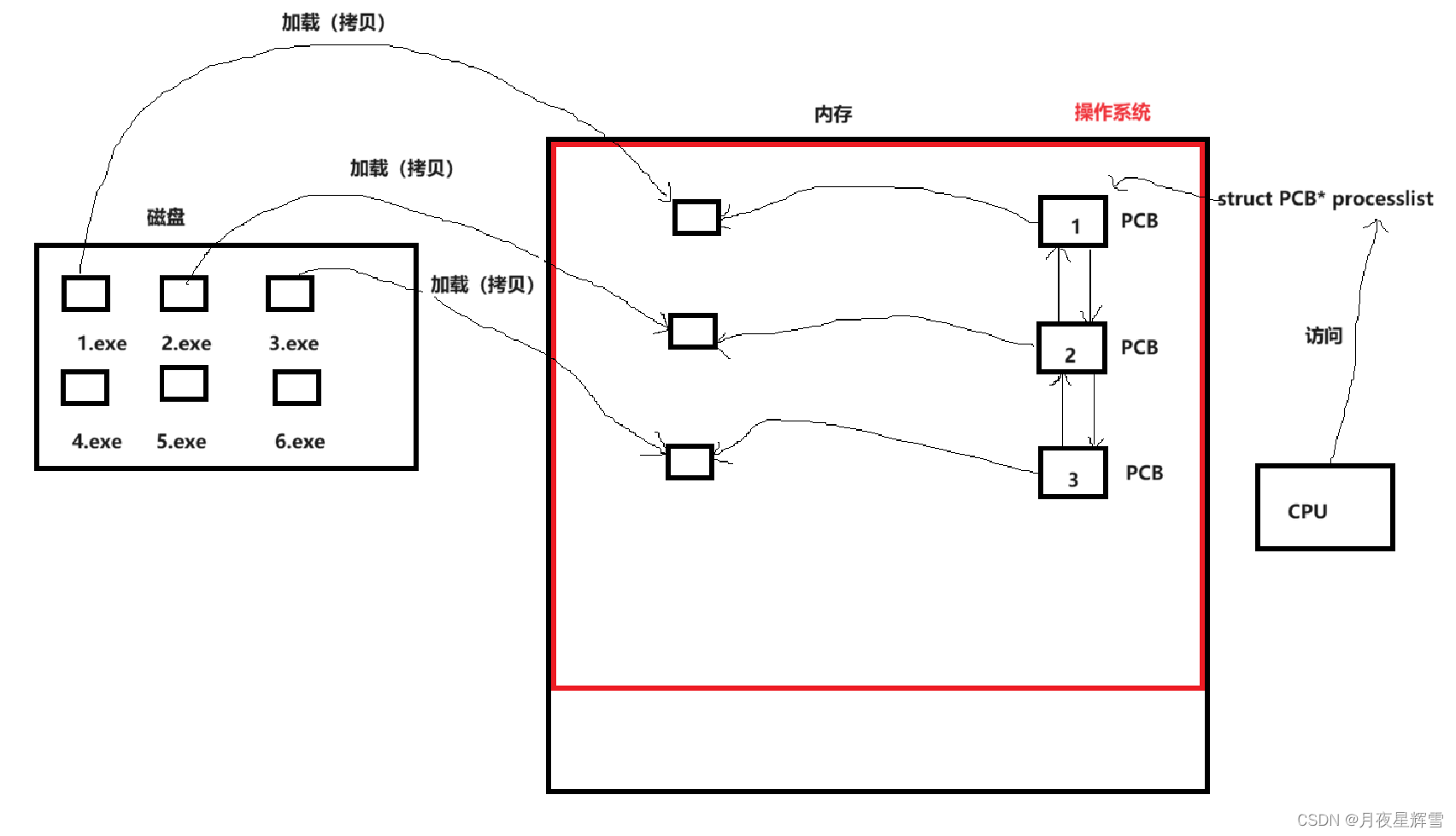

![buuctf-[GXYCTF2019]禁止套娃 git泄露,无参数rce](https://img-blog.csdnimg.cn/99adbfe03e804e4399282a047f043873.png)
